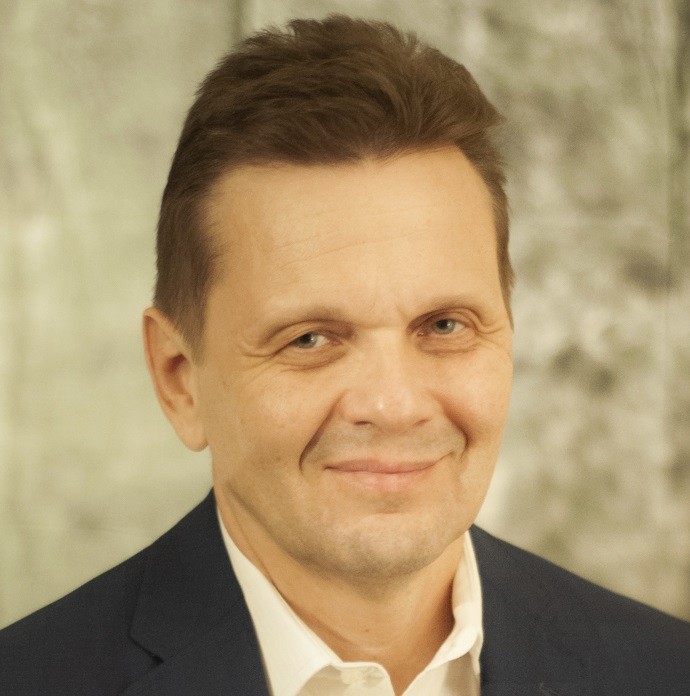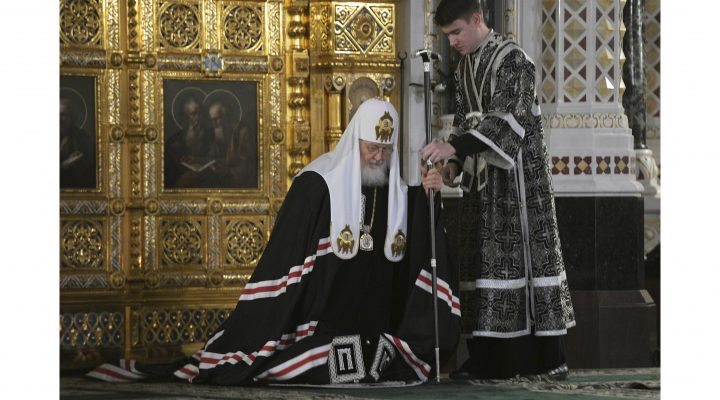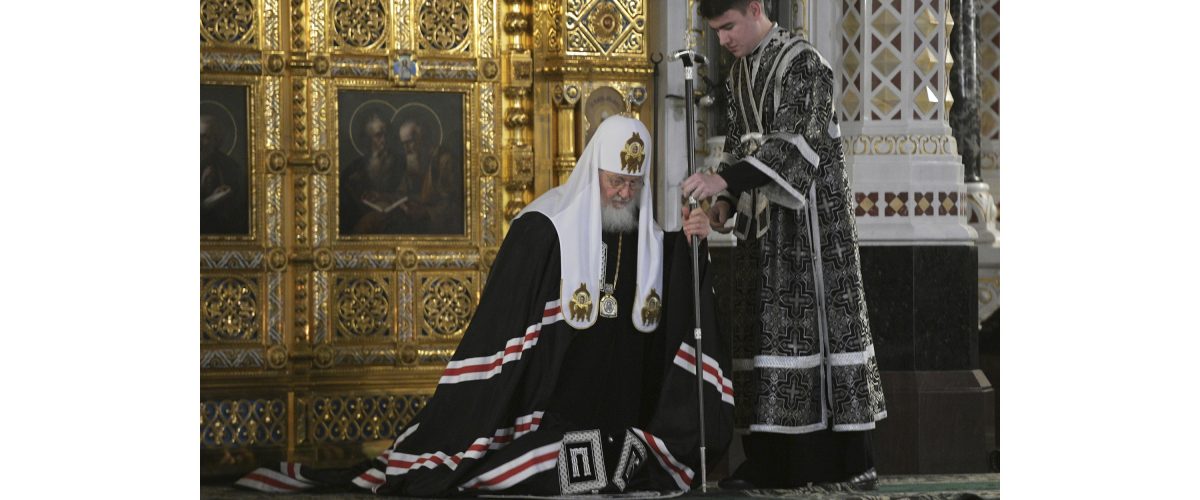On year later, the Russian–Ukrainian war has not created many winners. Everyone seems to have lost.
The Ukrainian people have endured incredible suffering and destruction. Russian Ministry of Defense puts the number of casualties in the Russian army at thousands. According to other sources, their number is much greater.
The Russian people had to send hundreds of thousands of men to the war during partial mobilization and deal with the decline of GDP, albeit not as steep as initially anticipated. The rest of the world had to cope with inflation exacerbated by upward pressures on oil prices caused by the war.
“Among religious and spiritual leaders, the biggest loser is clear: Patriarch Kirill, head of the Russian Orthodox Church.”
Among religious and spiritual leaders, the biggest loser is clear: Patriarch Kirill, head of the Russian Orthodox Church. Kirill has been giving his unwavering support to the war that has torn away significant chunks of the church he leads. He’s gone to great lengths to sacralize the war. Kirill has said the Russian soldiers killed during the war will have their sins forgiven. He also called Russia the pillar and foundation of truth in seeming contradiction with the Christian Scripture, which reserves this designation for church only.
In May last year, the Ukrainian Orthodox Church, heretofore a part of Russian Orthodox Church, declared its independence from Moscow. Ongoing military hostilities were the reason. According to the new constitution of the Ukrainian Orthodox Church, its leader is not a member of the Synod of Russian Orthodox Church and is not bound by the decisions of the Moscow patriarchy or councils of the Russian Orthodox Church.

At the ceremony of announcing the annual address of Russian President Vladimir Putin to the Federal Assembly in Gostiny Dvor., Deputy Chairman of the Russian Security Council Dmitry Medvedev (center) meets Patriarch Kirill of Moscow. (Photo: Dmitry Azarov/Kommersant/Sipa USA/Sipa via AP Images)
Pre-war, Moscow patriarchy boasted 38,649 parishes. At the end of last year, the Ukrainian Orthodox Church numbered 12,148 churches. Therefore, due to the war, the Russian Orthodox Church lost roughly 30% of its parishes in Ukraine. Some of these churches, particularly those located in territories controlled by Russia, will rejoin the Moscow patriarchy. This includes about 400 churches in the Crimean Peninsula and likely several hundred churches in other parts of Ukraine. But the vast majority of Ukrainian parishes are officially gone.
For now, the separation falls somewhat short of a clean break. The status of the Ukrainian Orthodox Church is somewhat uncertain. The Ukrainian Orthodox Church is still listed on the Moscow patriarchy website as a part of the Russian Orthodox Church. The proper separation procedure is unclear, and some say a conciliar decision on the part of the Russian Orthodox Church is needed for the separation to be valid.
Some hierarchs and priests of the Ukrainian Orthodox Church fear the consequence a clean break may have for apostolic continuity, an integral part of legitimacy for an Orthodox body. Many in the Ukrainian Orthodox Church are loath to merge with Orthodox Church of Ukraine, the newly formed church favored by the Ukrainian government.
Still, it’s hard to see how the Ukrainian Orthodox Church can remain connected to Russia in any legitimate form. Distancing from the Moscow patriarchy remains a matter of survival.
At the outset of military hostilities, Metropolitan Onufriy, head of the Ukrainian Orthodox Church, compared the war to Cain murdering his brother Abel. Since then, Onufriy has been supporting the Ukrainian army and sent humanitarian aid. Still, the church is under pressure from the Ukrainian government. The government has searched monasteries and parishes for “collaborationist literature,” and the church lost a part of its main monastery in Kyiv.
“Kirill’s troubles are not limited to Ukraine.”
Kirill’s troubles are not limited to Ukraine. Orthodox hierarchs affiliated with Moscow came under pressure all over the world. Last year, the Latvian parliament took the Latvian Orthodox Church out of Moscow patriarchy jurisdiction. Now Kirill cannot appoint Latvian hierarchs. The church has 118 parishes. The Lithuanian government moved to support those clerics who want to split from the Russian Orthodox Church over its support of the war. A few churches in Europe also broke with the Moscow patriarchy.
And there are intangible costs. By aligning the church with the government so closely, Kirill runs the risk of alienating those unhappy with the regime. For now, their official number seems negligible, and many of them have left Russia. However, anecdotal evidence, such as the higher percentage of younger people among anti-government protesters, suggests that down the road the church may have trouble attracting a younger generation. Their ire will be directed not just at those now running the government, but also at enablers such as the current head of Russian Orthodox Church.
Patriarch Kirill is the first war patriarch since Sergiy, who led the Russian Orthodox Church at the time of World War II. During the late stages of that war, Sergiy was given the honor of meeting Stalin. That meeting resulted in reopening of many Orthodox churches across the nation.
Unlike Sergiy, Kirill has met the Russian ruler multiple times. Also, unlike Sergiy, Kirill will be remembered as patriarch who supported the war that shrank dramatically the church over which he presided.

Andrey Shirin
Andrey Shirin is a native Russian who serves as associate professor of divinity and director of transformational leadership at John Leland Center for Theological Studies in Virginia.
Related articles:
Three reasons I doubt Russian Christians need more Bonhoeffers | Opinion by Andrey Shirin


